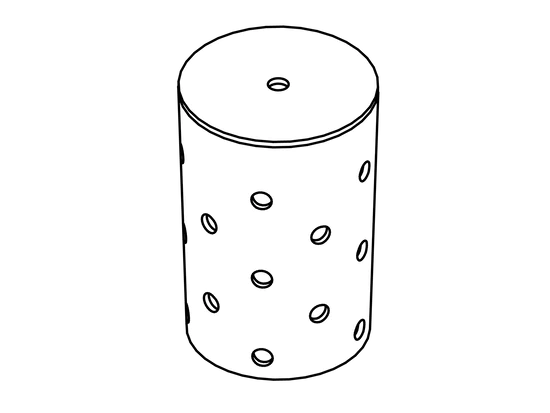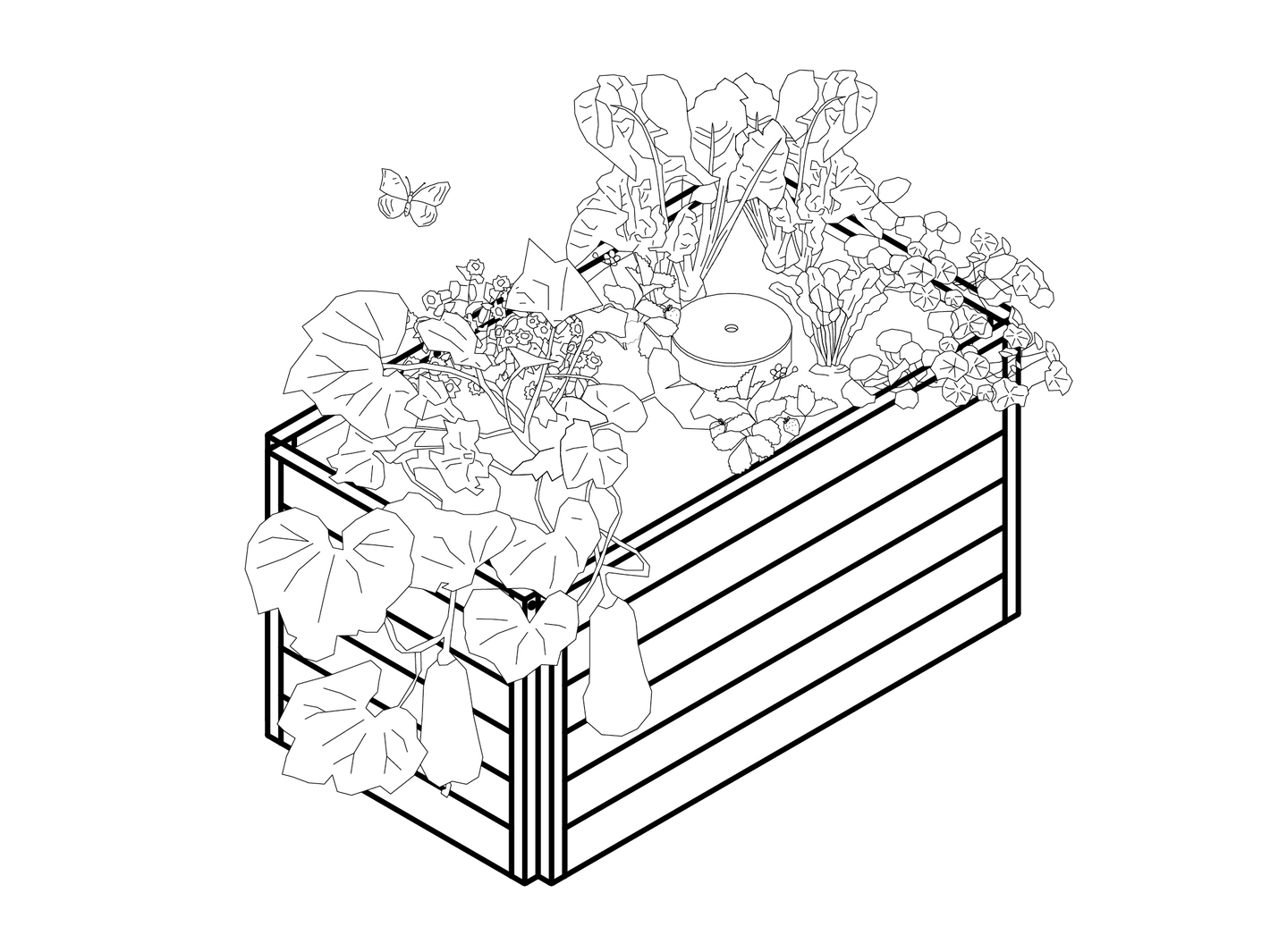Composting Basics
Collapsible content
Worm Food
In addition to kitchen waste, old and rotten fruit and vegetables (soft organic waste = fresh material), it is important to add cellulose-containing material such as stems, panicles and roots (hard organic waste = structural material). The ideal proportion is ± 30% of the total volume; avoid meat, dairy products, cooked food and salad dressings, as these can harm the worms. You can find a detailed food list on our website. Basically, the more varied the waste, the better.
| Observe: Has the top layer already collapsed somewhat and is brownish in colour? Then add new waste. The amount of waste depends on the rate of decomposition. | |
| Smell: It smells of earth and slightly of what was last fed (e.g. banana or potato peel). | |
| Feel: Loosening by hand will give you a feel for the structure and moisture in your composter. |
Additives
The occasional addition of minerals improves the composting performance and the quality of the end product. This can be soil from a natural soil or our Mineral Mix.
Useful links
Moisture
Worms breathe through their skin - this is only possible if they have sufficient moisture. Adequate moisture is therefore essential. Regular checks are necessary, especially in the first two months. Normally, sufficient moisture is introduced into the system with the addition of waste. If the compost becomes too moist, the proportion of hard organic waste should be increased and, if necessary, the total amount of waste added should be reduced.
| Feel: The compost should be pleasantly moist like a squeezed sponge or like garden soil a few hours after rain. |
Also look here
Temperature
Temperature
Worm composting works best between 12°C and 26°C. Composting performance is reduced outside this temperature range. Protect the worms from longer phases with temperatures below 0°C and above 35°C.
| Feel: The compost should be pleasantly moist like a squeezed sponge or like garden soil a few hours after rain. |
Utilisation
Utilisation
Worm humus is a versatile fertiliser for indoor and garden plants. Spread it around your plants and work it lightly into the soil. A handful every fortnight is sufficient for nutrient-loving plants such as tomatoes in the growth phase. Add two handfuls to the planting hole when planting in the garden. In flower pots, up to 20% worm compost can be mixed with the soil.
| Observe: If there are still a lot of worms in the chamber/element to be harvested, the compost is not yet ripe. Loosen up the area and wait a few weeks before harvesting. |
Also look here
Storage
Storage
Store the worm humus slightly moist and well ventilated, for example covered with a fleece or in air-permeable bags such as perforated plastic bags or earth sacks. This will preserve its effectiveness for at least 6 months.



